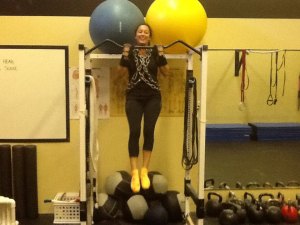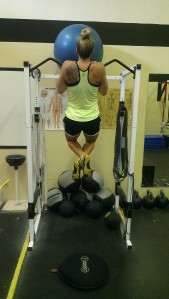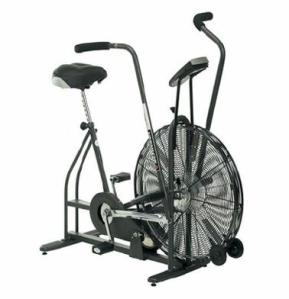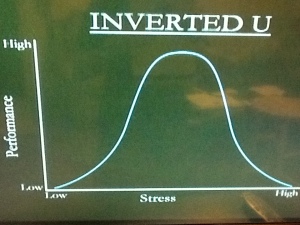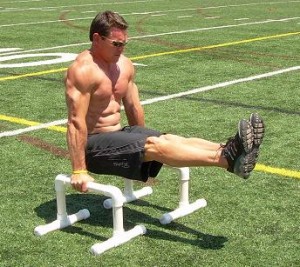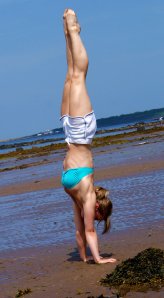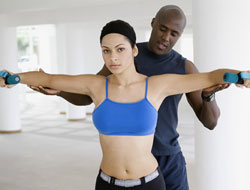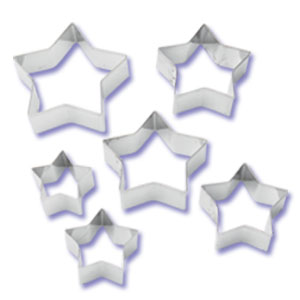So I’m just walking up the street the other day, and I only say up because it was both on a slight incline and north, and I’m thinking to myself, how do we define what we do at Ambition Athletics? What is our training or how does it compare to other, stuff out there? As a current/former athlete (hockey and Highland games) it’s easy to get caught up in still living the dream as a coach. But, that path is not for everyone. My job as a coach is to be responsible and make people happy by showing them the best, most efficient and safest way to reach their goals, not mine.
I love participating in the Highland Games. It’s competitive and fun. However, it’s a sport and not a great way to “get in shape”. A great number of people, especially in Southern California participate in triathalons. No doubt that for them it’s fun and certainly one can compete. But, ultimately triathalon is a sport and not necessarily the best way to “get in shape”. People love Cro$#Fit. It’s different, intense, competitive and also a sport. It’s not the best way to “get in shape.” The average person, or normal people as I like to call them, don’t need to train any of these ways. If your goal is in fact to be better at any of said sports then you are no longer in the scientifically named “normal person” category. And, that is ok. You are still a good person. Sports are fun for various reasons. That’s why they are so popular.
So, “What does “get in shape” even really mean?”, I thought to myself while I headed up the street feverishly trying to type notes into my phone with my fat thumbs as I slowly strolled. Well, I immediately starting thinking about the majority of people that come through our door, my friends, family, the people that go to gyms and even many that do participate in sports if only to sweat and “get a workout”. What is it that they want? The answer, generally speaking, is to feel better and look good naked. As a coach, how do we/I get them there? By taking bits and pieces from various disciplines, training styles, the aforementioned sports, you name it and attempting to create the best, safest, most efficient and productive system. Movement, Strength and Education is what it boils down to I figured out (clearly not something new as it is the title of this blog).
Movement is so important. If people just moved more everyday it would solve a lot of problems. However, if we are going to take this a step further, which is point of this post, not all movement is created equal. I don’t believe running at a steady pace for an hour and half in a linear fashion with a short stride, or, hunched over another human, grappling with them, trying to twist and torque one another into submission is “the best” movement one can do. Nor is trying to do 100 pull ups in as little time as possible, especially when the most you can do is 3 at a time. Now, remember if the goal is to run further or faster, get your Jiu-Jitsu blackbelt or do more pull ups, fast, not necessarily feel better physically or look good naked, then these things are fine. It’s supposed to be fun. Go get it. Just know the difference.
Strength, as I’ve written about many times is the next step after refining movement and really should be practiced in conjunction with it as they certainly compliment each other. What’s the best way to train strength? Practicing at about 80% effort with reps generally between 1 and 8. This ensures sustainability and long term progress, as the number one goal is not athletic performance but to feel better physically and look good naked.
Finally, education. Competing in the sports listed above is fun, hard work and certainly will make you sweaty and tired. But, if you’re a coach, or perhaps you are your own coach, ask yourself, are those the most effective and safe means to get your clients to their goals? Probably not, so remember that in your programing. I’m not discounting influence from any particular discipline, in fact, I think it’s rather important. But perhaps more important is having an open mind and the willingness to change to refine your program so as to make it better everyday. If you are a “normal person”, as I stated earlier, know the difference.
In the vast majority of situations training should do 1 of 2 things: Either compliment your sport and it’s practice, or simply make you feel better and look good naked. In either situation, movement, strength and education (or at least purpose) should drive how you approach these goals. Participating in sports is fun for so many reasons but it’s not the safest, surest and most efficient path to option number 2. Understand that as a coach, a “normal person” as I stated earlier, an athlete, then determine the goal and accomplish.
– Mike Baltren




